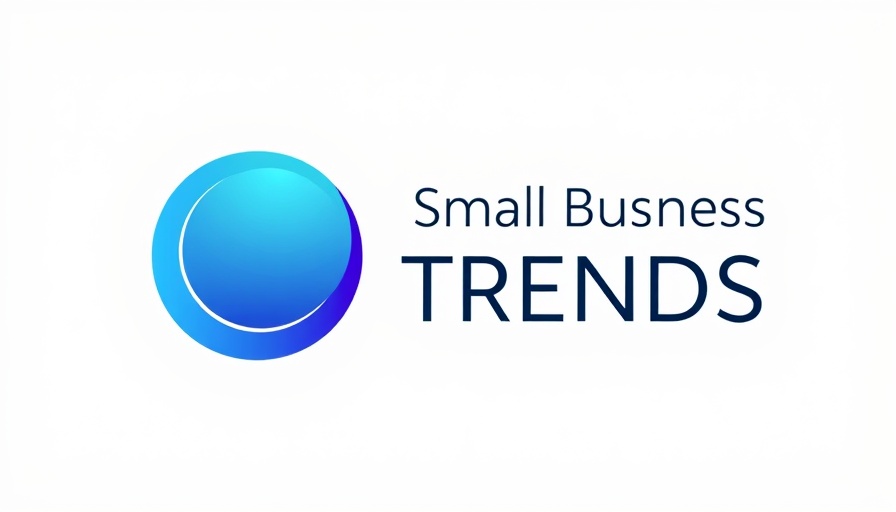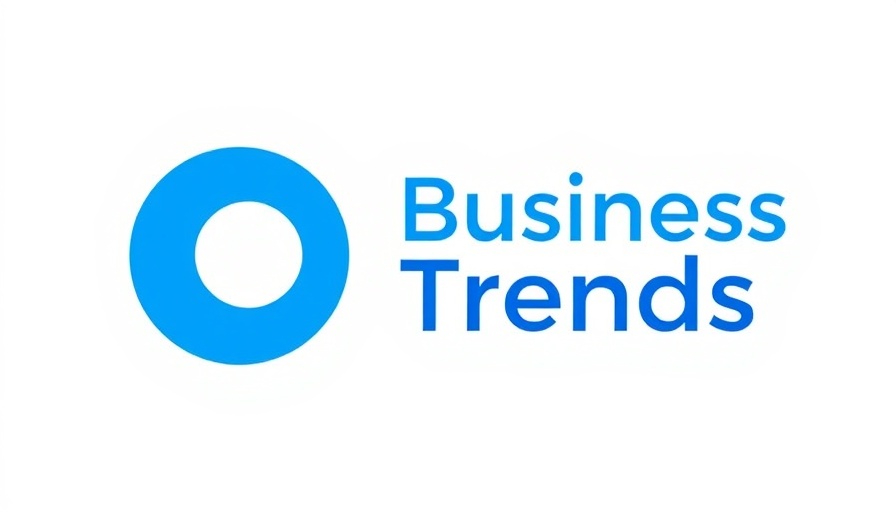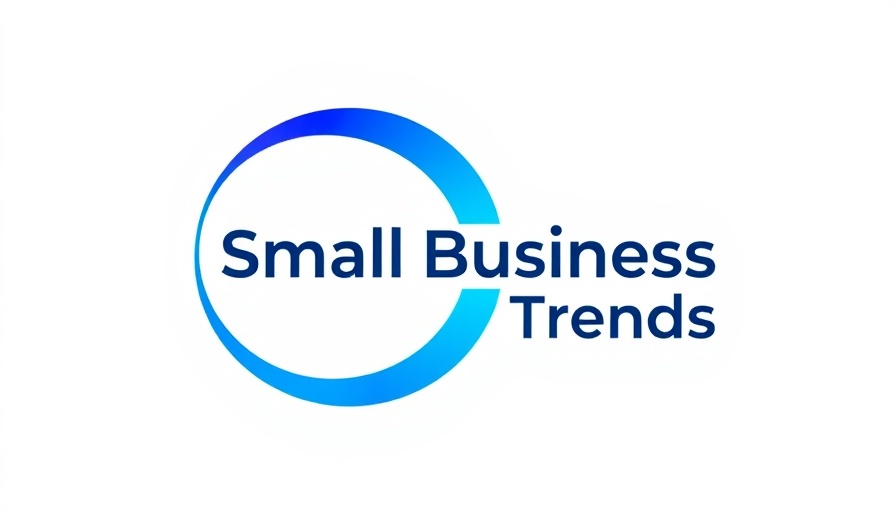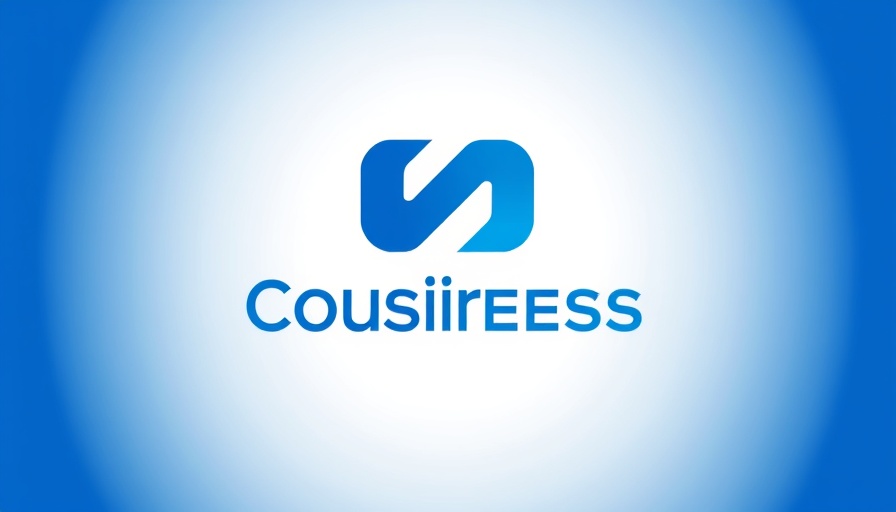
Transforming the Frontline Workforce: Zoom's Innovative Move
Zoom Communications, Inc. has recently rolled out Zoom Workplace for Frontline, a mobile-centric platform aimed at enhancing the workspace for frontline workers across various industries such as retail, healthcare, and manufacturing. With more than 80% of the global workforce categorized as frontline workers, as noted by Zoom's Chief Product Officer Smita Hashim, this development marks a significant step in addressing unique operational challenges faced by this crucial segment of the economy.
Key Features to Support Frontline Workers
The new platform boasts an array of features designed to simplify communication and task management directly on the mobile devices of shift workers. Among these features are:
- Real-time Activity Feed: This feature ensures that employees stay updated on shift communications and tasks through the mobile app.
- Auto-Generated Chat Groups: Workers are automatically connected into chat groups for each shift, promoting seamless communication.
- Push-to-Talk Functionality: Allows for immediate voice communication, facilitating quick exchanges when time is of the essence.
AI Integration: Enhancing Efficiency and Connection
Furthermore, the Zoom AI Companion is integrated to streamline workflow significantly. Key features of this AI tool include:
- Automatic Shift Reporting: The AI generates concise summaries of shift discussions and attendance logs to aid managers in overseeing operations better.
- Smart Search: By utilizing natural language processing, users can easily find information relevant to their tasks.
- Language Support: Automatic translation capabilities ensure that messages are comprehensible in preferred languages, fostering inclusivity in diverse workplaces.
The Benefits: Empowering a More Engaged Workforce
Zoom's Workplace for Frontline aims not just to enhance productivity but also to foster connections within teams, thereby creating a more engaged workforce. Empowering frontline workers with tools tailored to their needs can lead to higher job satisfaction and retention rates. As businesses navigate the challenges of managing a dispersed workforce, solutions like these will be pivotal.
The launch of Zoom Workplace for Frontline signifies an evolutionary step in how companies can leverage technology to support their staff on the ground. Recognizing the demands and unique aspects of frontline work helps organizations not only to adapt but thrive in an ever-changing business landscape.



Write A Comment